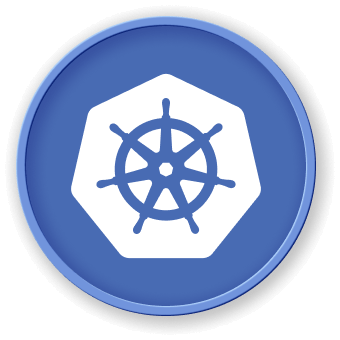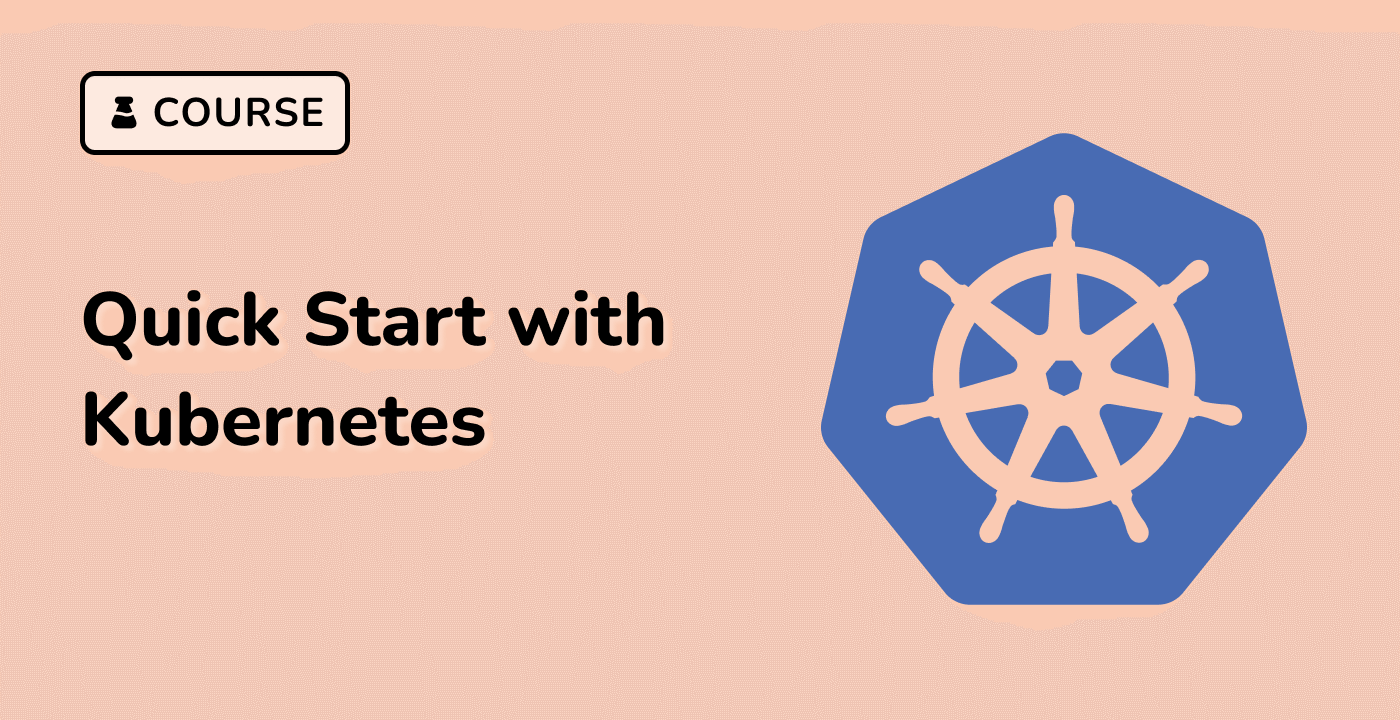Deploying and Managing Applications on Minikube
Once you have Minikube up and running, you can start deploying and managing applications on your local Kubernetes cluster. Minikube provides a seamless experience for developers to test and debug their applications before deploying them to a production environment.
Deploying Applications
To deploy an application on Minikube, you can use the standard Kubernetes deployment manifests. For example, let's deploy a simple Nginx web server:
apiVersion: apps/v1
kind: Deployment
metadata:
name: nginx-deployment
spec:
replicas: 3
selector:
matchLabels:
app: nginx
template:
metadata:
labels:
app: nginx
spec:
containers:
- name: nginx
image: nginx:1.19
ports:
- containerPort: 80
Save this manifest to a file (e.g., nginx-deployment.yaml) and apply it to your Minikube cluster using the following command:
kubectl apply -f nginx-deployment.yaml
This will create a Deployment with three replicas of the Nginx web server.
Accessing the Application
To access the application, you can use the minikube service command to open the service in your default browser:
minikube service nginx-service
This will automatically open the Nginx web server in your default browser.
Managing Applications
Minikube provides the same Kubernetes commands and tools that you would use in a production environment, making it easy to manage your applications. You can use kubectl to scale, update, and monitor your deployments, as well as interact with other Kubernetes resources like Services, Pods, and Volumes.
For example, to scale the Nginx deployment to 5 replicas, you can use the following command:
kubectl scale deployment nginx-deployment --replicas=5
Minikube also supports other Kubernetes features, such as persistent volumes, ingress controllers, and more, allowing you to test and debug your applications in a local Kubernetes environment before deploying them to production.
By leveraging Minikube, developers can quickly and easily deploy and manage applications on a local Kubernetes cluster, streamlining the development and testing process.



